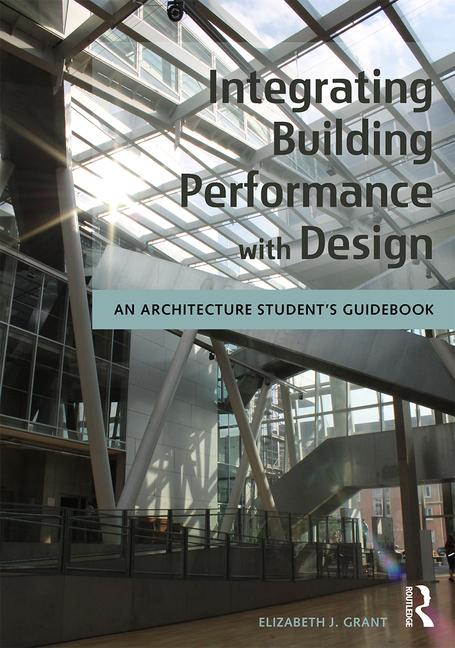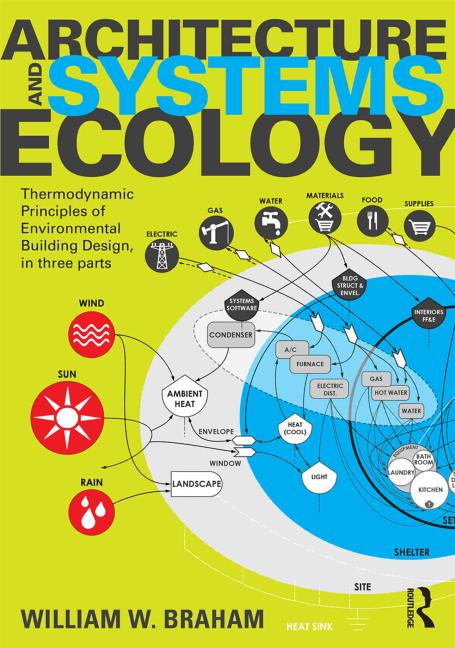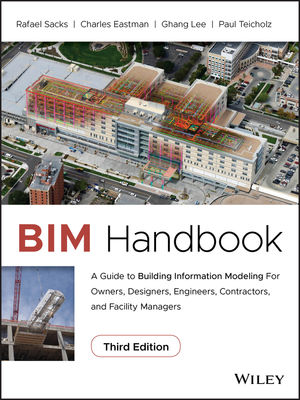Time to Earn an Architecture License Shortens

The time it takes to become an architect continues to shorten, according to data from the 2016 edition of NCARB by the Numbers. Released annually by the National Council of Architectural Registration Boards (NCARB), the publication provides exclusive insight into the number of U.S. architects, the pool of professionals working toward licensure, and diversity in the profession.
“With guidance from licensing boards and ongoing dialogue with customers, NCARB has been able to streamline its programs and provide greater flexibility—without compromising rigor or core purpose,” said NCARB President Kristine Harding, NCARB, AIA. “As a result, the time it takes to earn a license has gradually decreased and the average age of licensure continues to drop.”
Key findings from NCARB by the Numbers include:
- In 2015, there were 110,168 architects in the United States—a 2 percent increase from 2014.
- The number of professionals working toward licensure surpassed 41,500 in 2015—an all-time high.
- More than 7,000 new students enrolled in an accredited architecture program—a 7 percent increase from the 2013-2014 school year.
- Nearly 4,900 licensure candidates completed the experience requirement in 2015—a 27 percent jump from 2014.
- Almost 4,500 candidates completed the Architect Registration Examination (ARE) in 2015—the highest number on record.
- On average, candidates take 2.1 years to complete the ARE—the shortest time since 2010.
- Sixty-two percent of candidates overlap their experience and exams—the largest percentage to date.
- On average, becoming an architect takes just over 13 years—from the time a student enrolls in school to the moment they receive a license. This marks the seventh year in a row the timeline to licensure has improved.
- By overlapping education, experience, and examination, graduates of accredited programs were able to shave two years off the average time to licensure.
- The pool of professionals working toward licensure is more diverse than ever before, and one in three newly licensed architects are women.
To read the full report, learn about recent program updates, and explore interactive data charts, visit www.ncarb.org/NBTN.
Looking for a reprint of this article?
From high-res PDFs to custom plaques, order your copy today!







